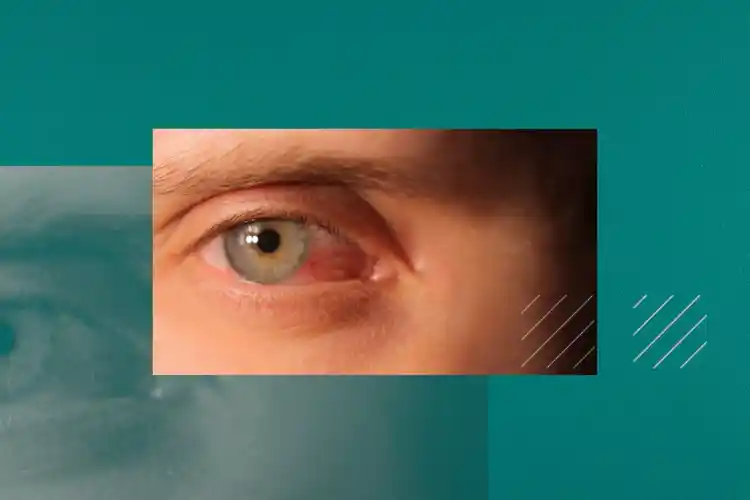Picking a Treatment for Dry Eye

Hide Video Transcript
Video Transcript
[MUSIC PLAYING]
The next step to creating a dry eye treatment plan is to determine the type of dry eye disease they have. And what I mean by that is there are three main types. The first type is called aqueous deficient dry eye. And that refers to an inadequate production of tears. The next type of dry eye is called evaporative dry eye. Evaporative dry eye is due to the glands in our eyelids known as the meibomian glands being clogged up. It's the most common type of dry eye disease.
The third type of dry eye is mixed mechanism. And as you can imagine, it's a combination of the two where you have a reduced tear production and a poor quality of tear. So determining what type of dry eye the patient has is really crucial to having a successful treatment plan. So once I determine what type of dry eye disease they have and the severity of it, that's when I start the treatment regimen.
So for some patients, it's as simple as warm compresses, lubricants, lid cleaners. For other patients, they do need the incorporation of medications or in-office procedures to be able to manage their dry eye. So nowadays with the advancement of diagnostic testing, there's not so much trial and error that goes on to dry eye management. We have all of the puzzle pieces to create the big picture to really know what's going on.
So what a patient can expect with a treatment plan is written out instructions. It's going to be thorough with a lot of information. I'm giving them the tools that they need to help fix their dry eye. It's on them to use those tools appropriately. They can be as compliant as they'd like, but certainly, compliance helps with success. So it's really important to just be open with your doctor and honest about your expectations and what your willingness is to follow the regimen or engage in the procedures.
LAUREN DYAK
So when I'm creating a treatment plan for a patient's dry eye, the first step is to get them into the clinic. We have sophisticated diagnostic tools nowadays that can image the eyelid glands, that can measure the tear quantity and quality, that can measure the blink rate. You can tell if someone doesn't close their eyes all the way when they're blinking. We also have things to measure tear osmolarity as well as inflammation in the tears. The next step to creating a dry eye treatment plan is to determine the type of dry eye disease they have. And what I mean by that is there are three main types. The first type is called aqueous deficient dry eye. And that refers to an inadequate production of tears. The next type of dry eye is called evaporative dry eye. Evaporative dry eye is due to the glands in our eyelids known as the meibomian glands being clogged up. It's the most common type of dry eye disease.
The third type of dry eye is mixed mechanism. And as you can imagine, it's a combination of the two where you have a reduced tear production and a poor quality of tear. So determining what type of dry eye the patient has is really crucial to having a successful treatment plan. So once I determine what type of dry eye disease they have and the severity of it, that's when I start the treatment regimen.
So for some patients, it's as simple as warm compresses, lubricants, lid cleaners. For other patients, they do need the incorporation of medications or in-office procedures to be able to manage their dry eye. So nowadays with the advancement of diagnostic testing, there's not so much trial and error that goes on to dry eye management. We have all of the puzzle pieces to create the big picture to really know what's going on.
So what a patient can expect with a treatment plan is written out instructions. It's going to be thorough with a lot of information. I'm giving them the tools that they need to help fix their dry eye. It's on them to use those tools appropriately. They can be as compliant as they'd like, but certainly, compliance helps with success. So it's really important to just be open with your doctor and honest about your expectations and what your willingness is to follow the regimen or engage in the procedures.
